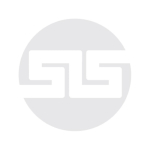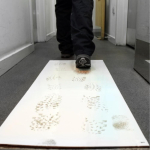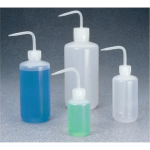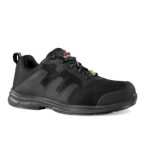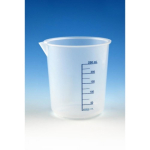General description
CD7 antigen is a cell surface glycoprotein of 40 kD expressed on the surface of immature and mature T-cells as well as natural Killer (NK) cells. It is a member of the immunoglobulin gene superfamily and is the first T-cell lineage associated antigen to appear in T-cell ontogeny, being expressed in T-cell precursors (preceding CD2 expression), and in myeloid precursors, in fetal liver and bone marrow, and persisting in circulating mature T-cells. While its precise function is not known, it is suggested that the molecule functions as an Fc receptor for IgM. CD7 is the most consistently expressed T-cell antigen in lymphoblastic lymphomas/leukemias, and is therefore anti-CD7 is a useful marker in the identification of such neoplastic proliferations. In mature post-thymic T-cell neoplasms, CD7 is the most common pan-T-antigen to be aberrantly expressed, which is a useful pointer to a neoplastic T-cell process. 2,3 CD7 has been shown to be immunoexpressed in 85% of mature peripheral T-cells, the majority of post-thymic T-cells, NK cells, T-cell lymphoblastic leukemia/lymphoma, acute myeloid leukemia, and chronic myelogenous leukemia, CD7 is conspicuously absent in adult T-cell leukemia/lymphoma and is not expressed in mycosis fungoides. 1-3
Legal Information
Cell Marque is a trademark of Sigma-Aldrich Co. LLC
Linkage
CD7 Positive Control Slides, Product No. 107S, are available for immunohistochemistry (formalin-fixed, paraffin-embedded sections).
Other Notes
For Technical Service please contact: 800-665-7284 or email: service@cellmarque.com
Physical form
Solution in Tris Buffer, pH 7.3-7.7, with 1% BSA and ﹤0.1% Sodium Azide.
Preparation Note
Download the IFU specific to your product lot and formatNote: This requires a keycode which can be found on your packaging or product label.
Quality



